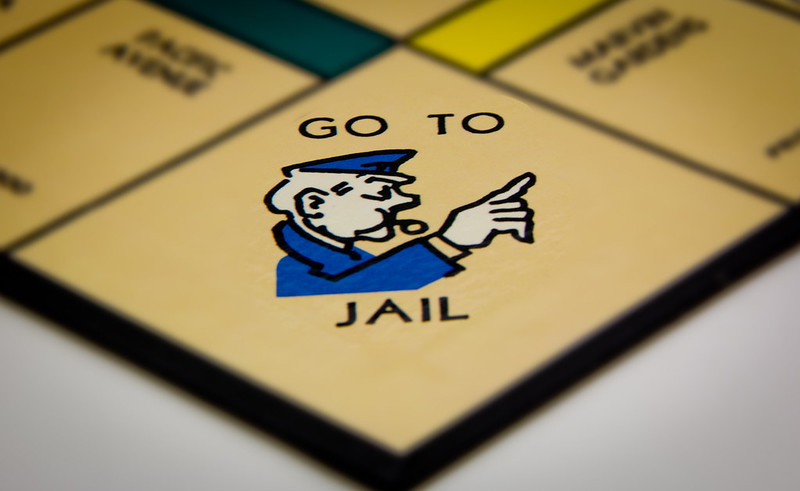I am frequently asked about consequences. What they should be and when they should be given, as well as how to enact them.
In order for consequences to work and make sense to a child, they should be short and directly tied into the choice or action that the child has made or done.
It is also important that we make sure that we are consequencing a child’s behavior choice and not a possible symptom of a child’s neurological profile. Children with special needs are perfectly capable of being naughty, we just have to practice telling the difference.
In my Tuesday group this past week, we gave the kids shovels to dig in the snow. One of the kids started chasing another child with a shovel full of snow and flinging it at him. The child being chased was clearly indicating that he did not want the snow flung at him and the chaser did not listen. We as coaches also directed the child to stop flinging the snow at the other child, and he continued doing so. So, he was given an opportunity to stop, back up, and re-do and chose not to take it.
So what to do next? I put him in “shovel jail” for five minutes. That means, I took the shovel and kept it and him with me and told him he was not allowed to play with it until he got out of jail. He wasn’t happy, but he did holler over to the other kids he was playing with that he was in “shovel jail” and couldn’t continue playing with them. After five minutes, I returned the shovel after he reviewed with me the acceptable ways that he could use it (answers that I did not give him, but that I had him give me). It is important to put the child, not the toy, in jail. The toy doesn’t make choices, the child does.
Over the summer, I did a similar consequence with a child playing in the big dirt pile we have for them and wouldn’t stop flinging dirt at other kids. He went to dirt jail. Unfortunately, he reached the three- strikes-and-your-out marker. That means if a child goes to jail about the same choice twice, the third time they are in jail with that item or activity for the remainder of the afternoon. Again, keeping it to just the rest of today, not long-term.
If a child cannot play with an item or join an activity in an acceptable way after a couple of attempts, I just say it isn’t the right thing for them to be doing today, as it’s too hard to make good choices. This also covers us if a child’s symptoms (say sensory or ADHD related) need more management than the child can provide themselves at the time.
I know that some people may have an objection to using the word jail. I happen to find that kids understand it pretty quickly when we implement this strategy and respond usually the way we want them to. If you would rather use a different term, a penalty box, such as in hockey, works pretty well or a dungeon. Time-out does not because kids already have connotations about that and I know many that will refuse or explode if I use those words.
As always, some strategies work for some kids, and not for others. The key is to keep it short, match it up and stay calm in your delivery.









Leave a Reply